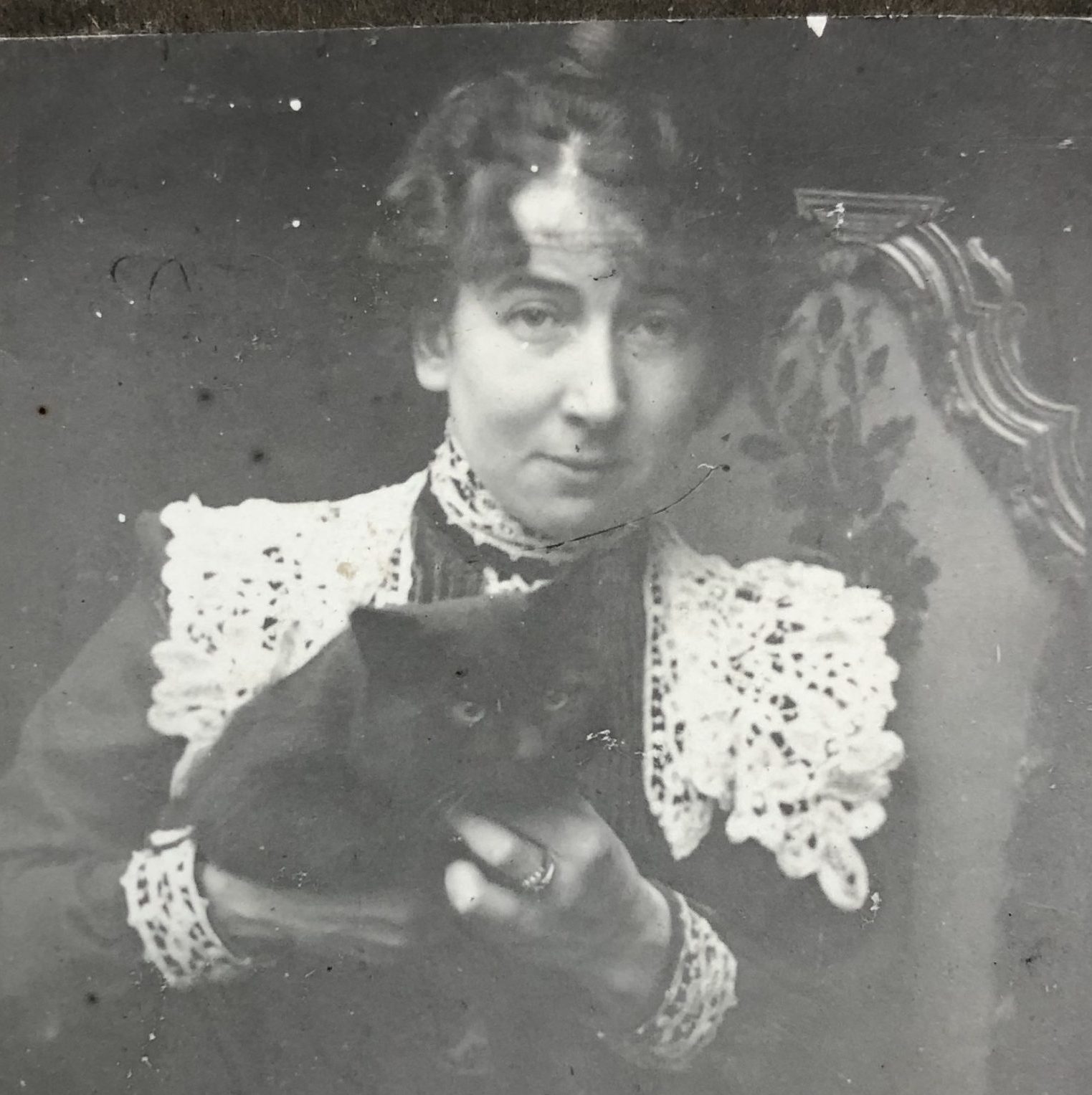
Family Albums
This short video explores the family photo album as artefact and idea.
Things to Think About
The photograph album that belonged to the Silver family is a large leather-bound volume. What role do you think that played, as an object, in creating a sense of family and belonging?
Do you have family photographs now? how do you store them? Do you think that storing them digitally makes a difference to how you think about them?
Video transcript
Dr Ana Baeza Ruiz, Curator, Student Engagement
When we talk about family pictures, we often understand the kind of snapshot photos that most people have somewhere in their houses or workplaces. They’re usually taken by other family member, and are aimed for friends and family to view.
They can tell stories of family life, and sometimes they are laid out such as to present this sequentially, as in the family album… These photographs are, like other documents, social constructs that can convey ideological messages, for instance in constructing ideas of what the family is.
But it’s important to remind ourselves that the picturing of family life itself has a history, and this is something that becomes especially clear when we delve into MoDA’s photographic archive. Here, nineteenth century images of the family contrast with 1950s albums (BADDA1472.7) in the collection.
And in particular, the Silver Family album from the late nineteenth century is an interesting artefact that shows just how much our ideas about photographing the family have changed.
The Silver Family album is interesting because it gives us access to an early moment in the formation of these ideas about how people ought to present themselves to others and how family relations should be pictured.
The Silver Family ran a successful design studio in Hammersmith, in London and were probably eager to demonstrate their allegiance to modern ways of seeing through the medium of photography.
The Silver Studio used photography to record their work – they made a glass plate negative of every design for wallpaper or textile that they created, and stored these in large bound albums.
But the Silver family was also interested in photography as a way of recording images of friends and family. In photographs within this album, sitters often appear poised or staged and follow conventions of nineteenth century portraiture, as was the case in the early days of the technology. But in other cases they were more experimental and people are in more candid scenes, spontaneously gesturing, while in others they are more overtly theatrical.
In many cases, one or more pages are devoted to a single member of the family, as the eldest son Rex Silver, who features prominently in the album, as the inheritor of the business. These photographs also display material traces of past uses: how the emulsion on nineteenth century images has reacted and how images are fading, the mark of somebody else’s touch, blotches of ink, or paint, perhaps an inscription.
We can see major differences but also similarities with current family photography. So it shows how family pictures have changed and continue to change.